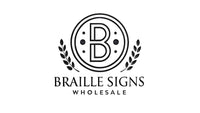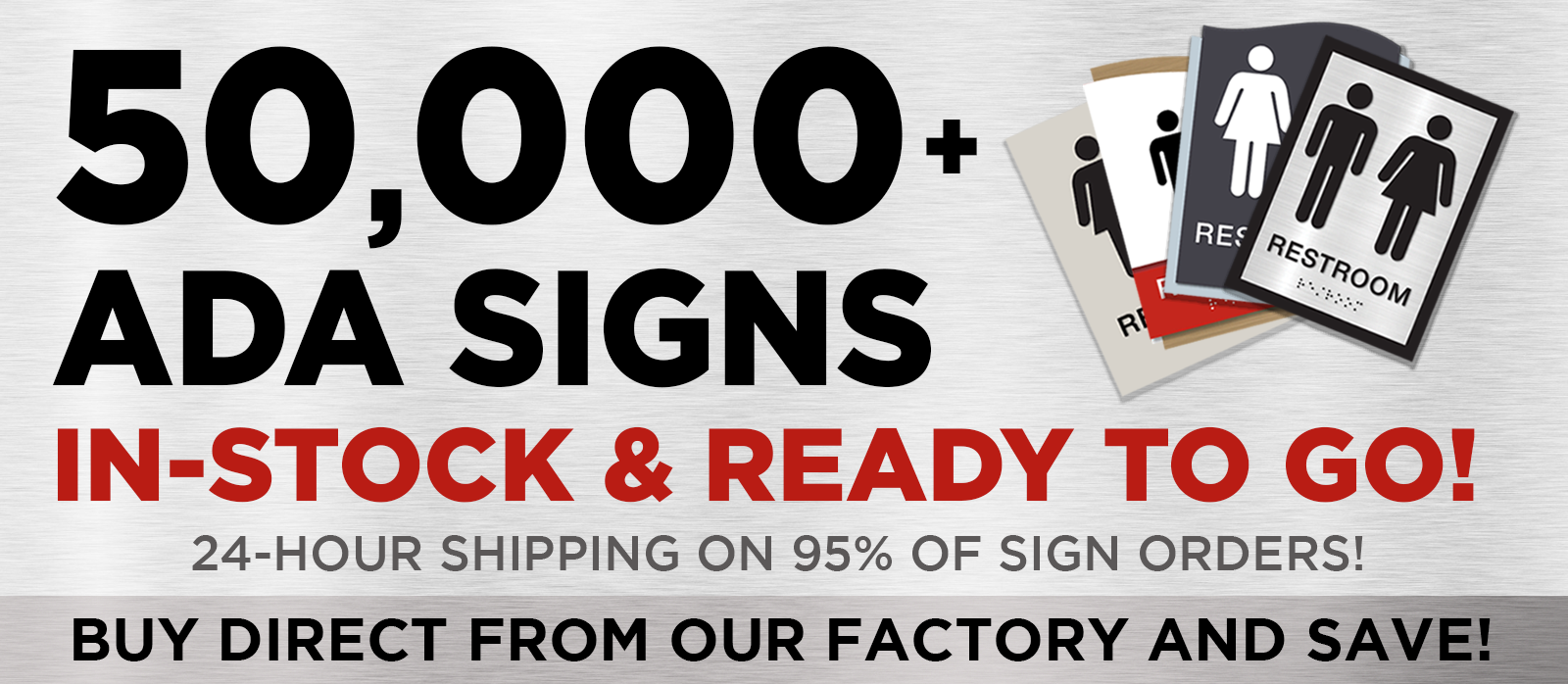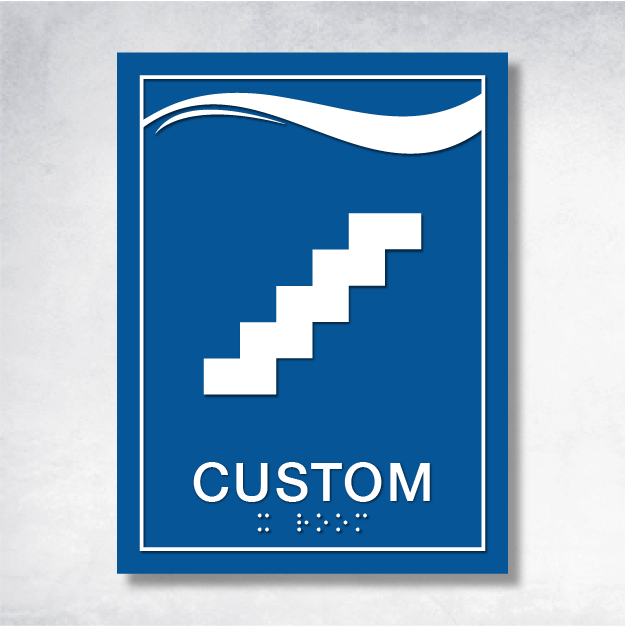ADA Signage Design: How to Create Custom Braille Signs for Maximum Accessibility and Visual Appeal
Understanding ADA Signage Design Basics
ADA signage is crucial for ensuring accessibility in public spaces. Understanding the basics of ADA signage design is the first step in creating effective signs.
For more information on ADA signage for specific environments, visit our ADA Signs for Offices page.
Tools & Materials Needed
Creating custom Braille signs requires specific tools and materials. Here’s a list of what you’ll need to get started.
Step-by-Step Guide to Designing Your Sign
Follow these steps to design your custom Braille sign:
- Determine the sign's purpose and location.
- Select the appropriate materials.
- Design the layout, ensuring compliance with ADA standards.
- Produce the sign using the chosen materials and tools.
Explore our Custom Lobby Signs for inspiration.
Common Problems & Solutions
Designing ADA-compliant signs can present challenges. Here are some common problems and their solutions:
- Problem: Incorrect Braille translation. Solution: Use a reliable Braille translation tool.
- Problem: Non-compliant color contrast. Solution: Test color combinations for compliance.
Check out our Epsilon Corridor Sign B and Epsilon Flag Mount Corridor Sign C for examples of compliant designs.
Conclusion & Next Steps
Creating ADA-compliant Braille signs is essential for accessibility. By following the steps outlined, you can ensure your signs are both functional and visually appealing.
For further guidance, refer to the Access Board - Chapter 7: Signs.
Consider our Epsilon Stair ID Sign for your next project.









